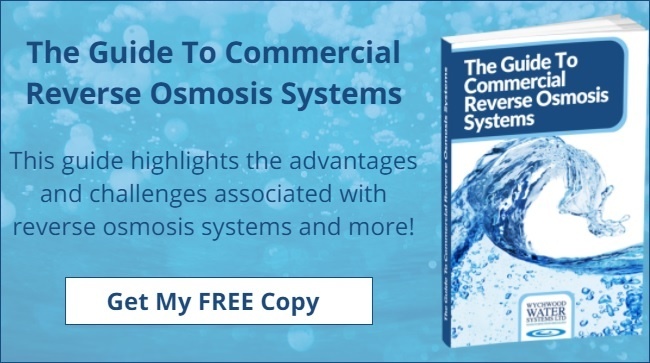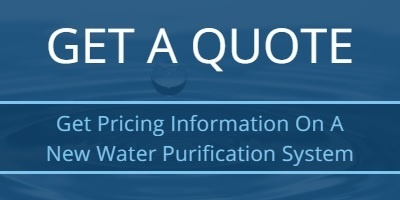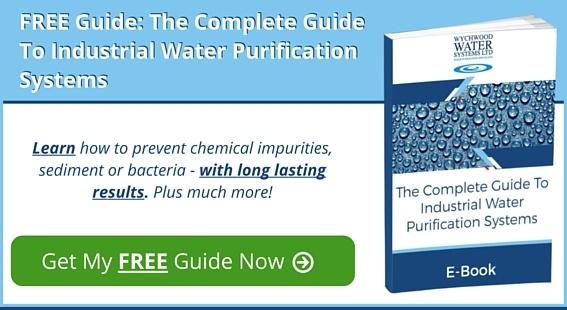
Installing an industrial reverse osmosis (RO) system provides your company with a good solution for large-scale water purification. Reverse Osmosis is very effective at removing small waterborne contaminants and aqueous salts that may evade other filtration processes. These contaminants, if left in the water, may compromise the quality of the process water.
During reverse osmosis, water is passed at high pressure through a very thin semi permeable membrane, usually made of film polyamide. As the water passes through the membrane, contaminants are forced to the surface and towards the membrane, allowing purified water to pass to the other side, while reject water is pumped away.
Contaminants Removed By Reverse Osmosis
Reverse Osmosis can improve your industrial water quality by stripping out the following contaminants, providing of course that your membranes are efficient and maintained in good order:
Sodium, sulphate, calcium, potassium, nitrate, iron, zinc, mercury, selenium, phosphate, lead, arsenic, magnesium, nickel, fluoride, manganese, cadmium, barium, cyanide
An efficient plant can remove between 85% and 98% of these contaminants, effectively any constituent in water between 0.005 and 0.001 microns in size.
If water needs to be stripped of impurities at the ionic level – i.e. 0.001 microns down to 0.0005 microns and smaller – you will need to use a deionisation or distillation plant.
Pre-Treatment
Effective as reverse osmosis process is, it cannot entirely work on its own. Before water is fed into the reverse osmosis system, it is important to pre-treat it first.
If the water passed in the RO system is not treated, contaminants such as acids, chlorine, calcium and magnesium may corrode the membranes, allowing other contaminants to pass through. Large contaminants such as suspended carbon, viruses and bacteria can also clog the membranes, reducing the efficiency of the system.
Pre-treatment technologies are selected based on the incoming water, typical examples being activated carbon filtration to get rid of chlorine and water softening to remove hardness salts. Many users also employ a variety of filters to remove large contaminants from their feed water.
- Conventional Particle Filters: Removes human hair, dust, faecal material, red blood cells, pollen etc.
- Microfiltration: Removes yeasts, tobacco smoke particles, suspended pesticides and small bacteria.
- Ultrafiltration: Removes suspended carbon and large viruses.
- Nanofiltration: Removes small viruses, including polio, as well as some of the larger aqueous salts.
Reverse Osmosis Systems & Services From Wychwood Water
At Wychwood Water, we install and maintain water purification systems for all types of manufacturing industries. Our high quality Reverse osmosis systems ensure that the water your company uses for production purposes does not contain any contaminants, and your products comply with all environmental regulations for your sector.
Our Reverse Osmosis systems are among the best in the market. Call us today on 01993892211 or email us at sales@wychwood-water.com for any enquiry or installation need. For more information, please download our e-book: The Industrial Reverse Osmosis Guide, a free resource you can access by clicking here.









 We are a specialist independent company involved in water purification and water treatment technologies
We are a specialist independent company involved in water purification and water treatment technologies


